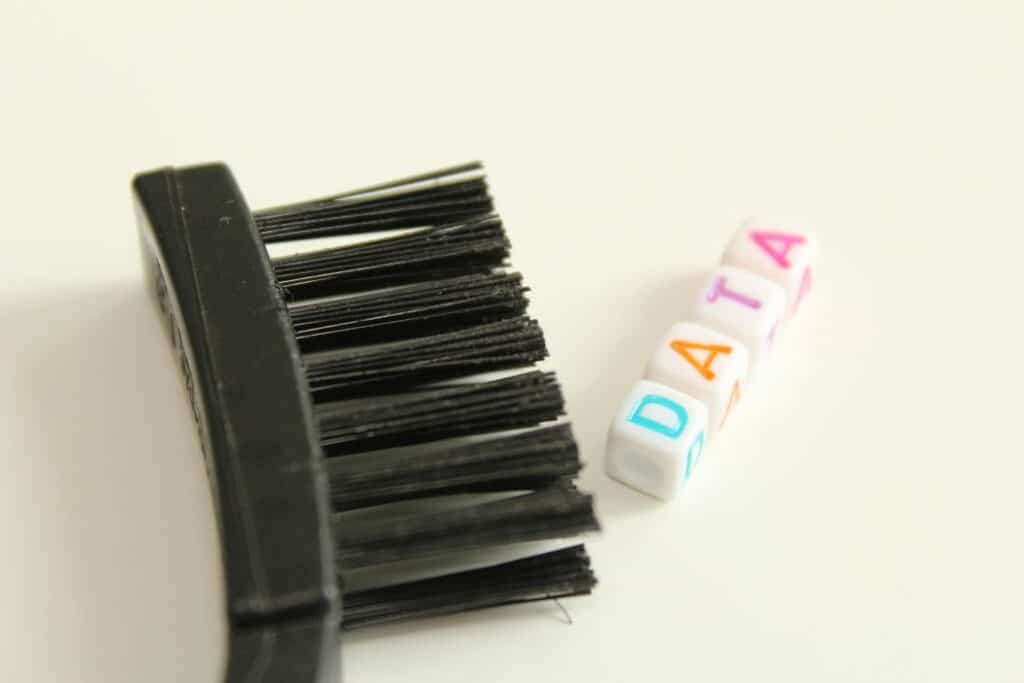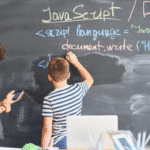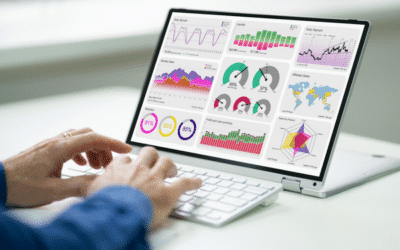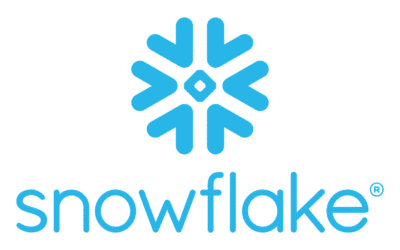Now more than ever, rapid access to information is essential for making the right decisions and managing your business. But more than the quantity of data, it’s the quality of the data that provides reliable, easy-to-analyze information for results that are as close to reality as possible. That’s why data cleansing is an important step for any company wishing to digitalize these processes.
What is Data Cleansing?
Beforeintegrating information into Business Intelligence tools, it is essential to ensure that it is correct, to avoid analysis errors that can have disastrous consequences on decision-making.
Data comes from multiple sources, both external and internal, and is most often stored in its raw state in a data lake or in databases. The information must therefore be cleaned and homogenized between storage and integration, to guarantee the quality of the input data.

What are the most common data errors?
There are 3 main types of error: syntactic, semantic and coverage.
Syntax errors
These can range from typos to the use of the wrong format or unit system.
Examples:
- An order for 120 units becomes 210 units
- A delivery time that goes from March 8 (8/3) to August 3 (3/8): common when working with Anglo-Saxon countries
- A 640 mm dimension interpreted as 640 cm
Semantic errors
They are frequent when data comes from forms filled in by third parties. The errors of :
- contradiction (age does not match date of birth)
- duplication (the same information is repeated)
- formatting (inversion of first and last names)
- disability (a bank account instead of a VAT number)
Coverage errors
This term covers all errors linked to missing data. It can be :
– a value, if any of the required information is missing
– a whole field, when an entire column of information has not been recorded.
All these errors, even if they are individually rare, add up and spread throughout databases if care is not taken to clean up data properly.
How do you clean data?
As always, before embarking on a data cleansing operation, it’s important to take a step back to look at the big picture and set goals. It is then possible to implement a step-by-step data homogenization process:
- Error monitoring
- Process standardization
- Data correction and validation
- Cleaning up duplicates
- Data analysis
Each of these stages requires the involvement of different departments within the company, so excellent communication between all project members is essential.

Data cleansing tools
It is unrealistic to think of homogenizing a database manually:
- Too much information to process
- The risk of error is too high
Today, there are many software tools specifically developed for data cleansing. These are powered by advanced algorithms, allowing settings to be tailored to the specific needs of each company.
Among the best-known data cleansing software are :
- Winpure, one of the most popular software packages used by many large multinational companies. It has the advantage of being multilingual, and of being able to clean data directly inside the database, thanks to its compatibility with numerous formats.
- IBM Infosphere Quality Stage, often considered one of the best data cleansing software packages, stands out for its ease of use and the overview it provides.
- The lesser-known Quadient Data Cleaner is a so-called “data profiling” software program that removes duplicates and analyzes trends. It is highly configurable in terms of cleaning rules.
- Data Ladder, which comes in two forms: Data Match, an affordable but limited version, and Data Match Enterprise, which benefits from all the advances in AI and Machine Learning to cleanse up to 100 million data sets. It’s one of the fastest and most accurate in the industry.
- Tibco Clarity, a SaaS tool, has the advantage of being accessible via the Internet.
- Open Refine, previously known as Google Refine, is a free, open-source data cleansing tool. It’s efficient and easy to use.

Implementing data cleansing in your company
It’s a project in its own right, and needs to be carried out in an organized way to bear fruit.
From the definition of requirements to the choice of Data Cleansing software, upstream work is essential to the smooth running of the project and its success.
During the actual implementation phase, various settings and adjustments are required to adapt to the reality of the company and the data used, which calls for technical skills.
Last but not least, user training is a mission not to be neglected if we are to reap the full benefits of this data cleansing and homogenization process.
It’s advisable to enlist the help of specialists who can answer your questions and suggest the most appropriate solutions.
👆 You have a data visualization project and needed to clean up your data, call on the Altermès teams to support you!
🔎 Find out more about ourtechnological innovation offers!











